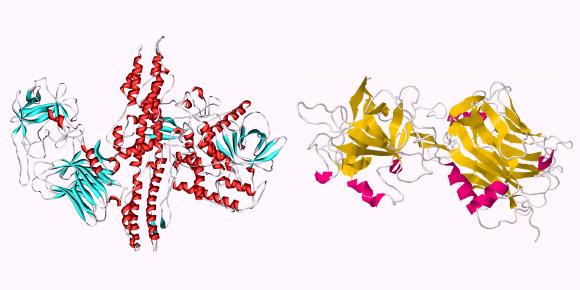By using neurotoxins produced by bacteria of the genus Clostridium (C. botulinum and C. tetani), commonly known as Botox and Tetanus toxin respectively, a large group of scientists has created and characterized a new molecule that could be used to treat neurological disorders.
While the Botox element is able to block neuronal communication – and therefore pain signals – for months, the Tetanus component targets the central nervous system very effectively.
The combination of the two elements is of great interest for neuroscience and can be applied to the treatment of several neurological disorders, particularly chronic pain conditions and epilepsy.
Botox and Tetanus neurotoxins hold great promise for clinical applications, but their paralytic activity was a stumbling block until now.
The scientists demonstrated that the newly engineered molecule is a potent non-paralyzing neuronal blocker.
Preclinical collaborative studies indicate usefulness of the new molecule for alleviation of inflammatory pain.
“Currently painkillers relieve lingering pain only temporarily and often have unwanted side effects. A single injection of the new molecule at the site of pain could potentially relieve pain for many months in humans and this now needs to be tested,” said Prof Bazbek Davletov from the University of Sheffield, senior author of the paper published in the journal Bioconjugate Chemistry.
“We hope that the engineered molecule could improve the quality of life for those people who suffer from chronic pain.”
“We are now negotiating transfer of the technology to a major pharmaceutical company,” Prof Davletov said.
______
Bibliographic information: Enrico Ferrari et al. 2013. Synthetic Self-Assembling Clostridial Chimera for Modulation of Sensory Functions. Bioconjugate Chem., 24 (10), pp. 1750–1759; doi: 10.1021/bc4003103








